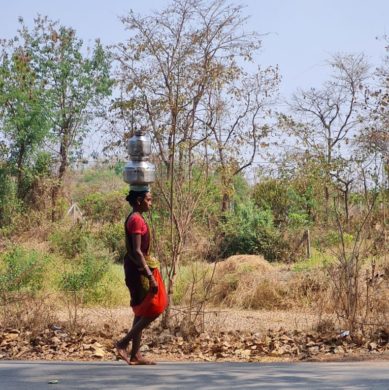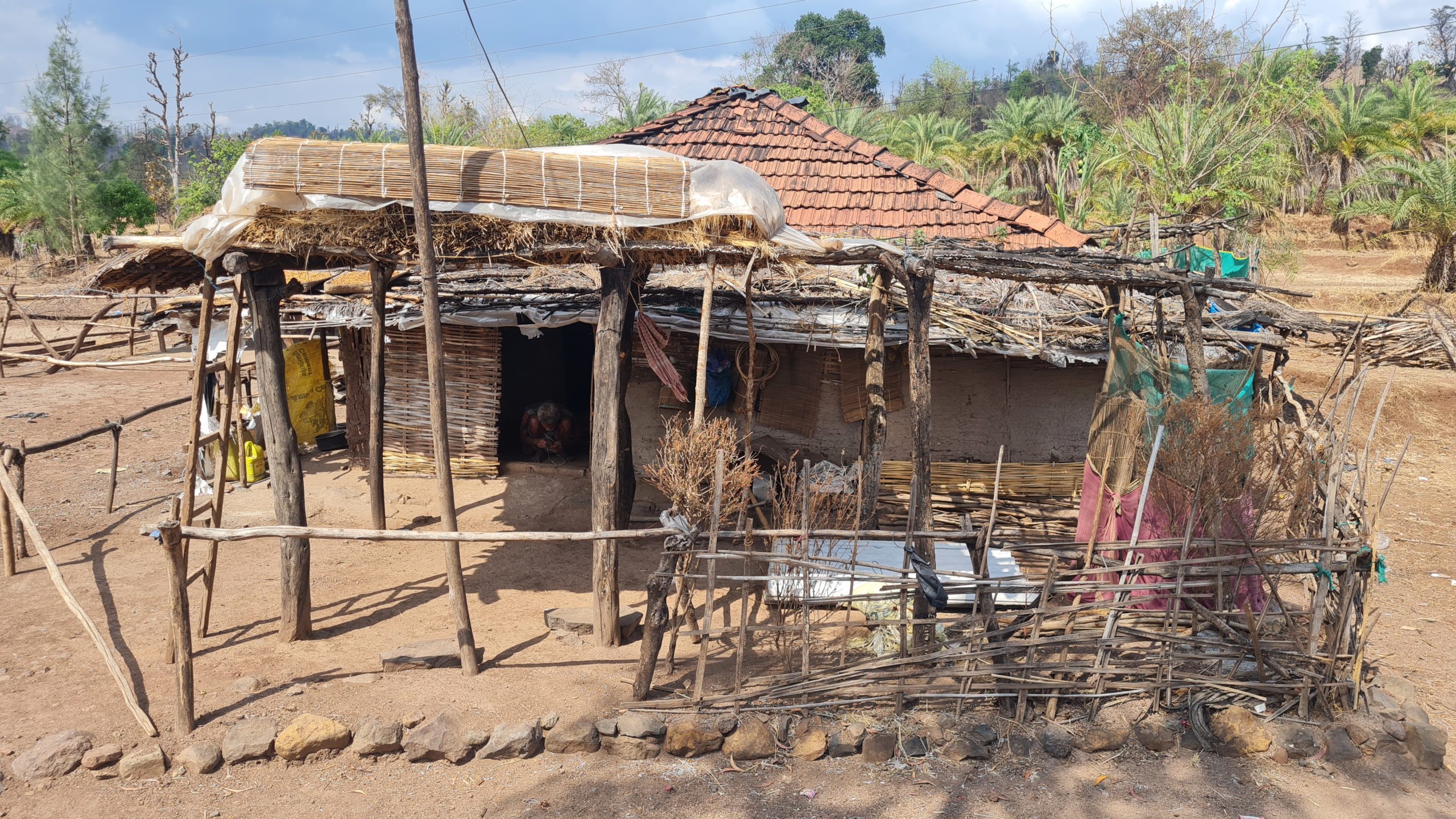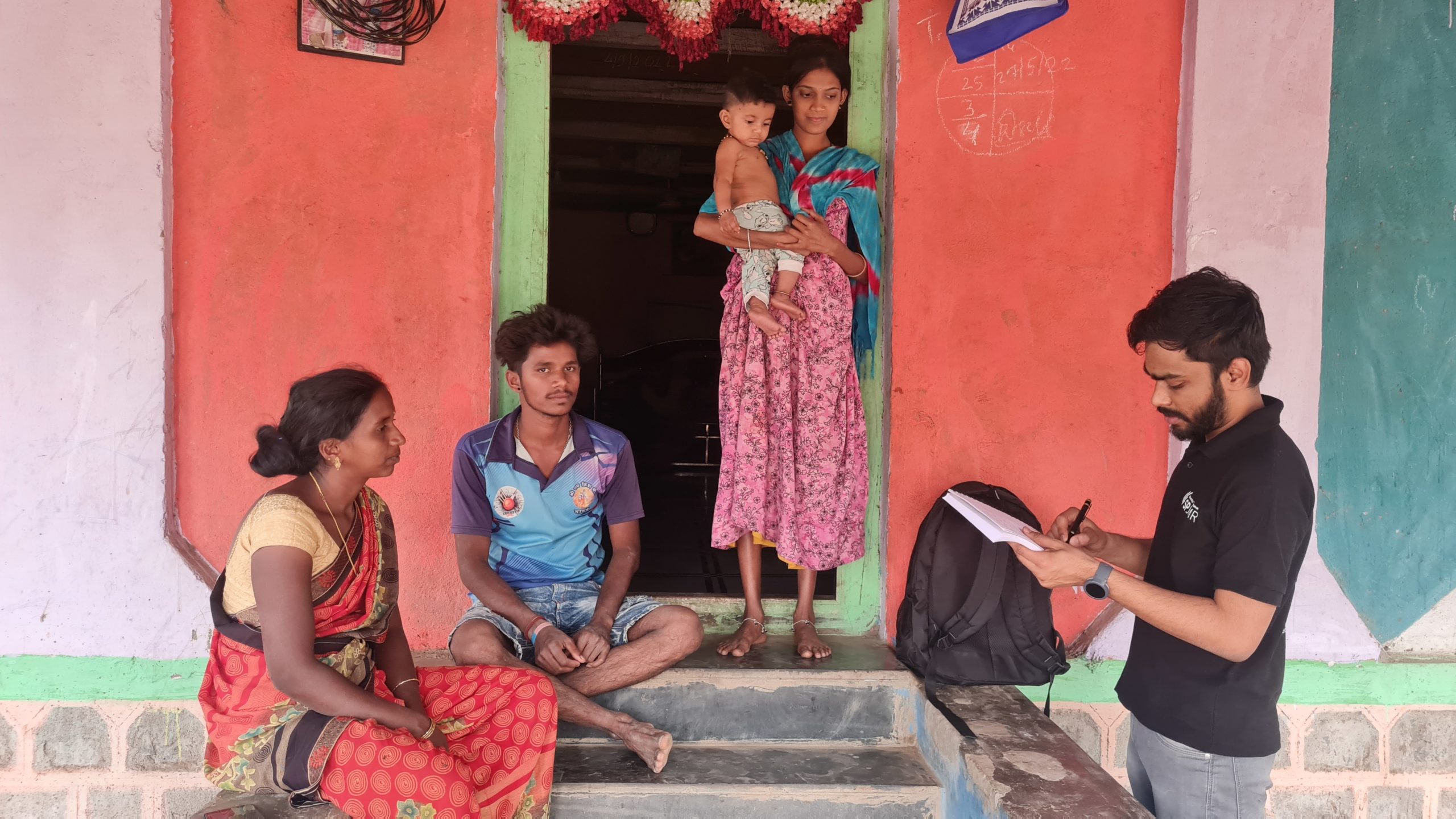The Community
Over 95% of the population is tribal Adivasi, which is an indigenous community of India.

Literacy rate of the tribal population is close to 37%, significantly lower than than the global average of 86.3%.
Most villages have no educational facility within 5 to 10 km.
84.28% of villages do not medical access.
High infant mortality
Only 12% of households have toilets.
50% are farmers, 50% of land is cultivable, but barely 0.79% of the cultivated area is irrigated. Consequently, cultivation is near impossible after the monsoons. On average, agricultural produce supports partial food needs of families for 5-6 months in a year. Land degradation, and falling yields, is a consequence of high usage of chemicals for agriculture.
65.5% of the working population do not work, which is leading to worsening poverty in the area. Entire families, or working members, migrate between November and May to meet basic livelihood needs. This results in hardships for the old, sick, children deprived of basic education, and the migrant, who is separated from his family, works in bad conditions, is exploited, becomes ill, and later, brings these illnesses into the tribal community.
Our Bhopoli Community Center works with the Vikramgad talukas of the Palghar District which is north of Mumbai in the state of Maharashtra. In this area, 75% of the population is tribal (indigenous Adivasi) with a literacy rate of 37%. Many villages have no educational facilities within five to ten kilometers. Infant mortality rates are high, 84% of the villages do not have access to health care within 5kms – 10km, only 12% of households have toilets, 65% of the working population is unemployed, which only exacerbates poverty levels.
Entire families, or working members, migrate between November and May to meet basic livelihood needs. This results in hardships for the old, the sick, and the children who are not only left behind, but are deprived of a basic education. The migrant separated from his family works in bad conditions, is exploited, becomes ill, and later, brings illnesses into the tribal community. About 35% of the children in this region are malnourished.

